Description
U-47700 (pink)
is a synthetic opioid that has garnered significant attention due to its potent effects and potential for abuse. Initially developed for research purposes, this substance has found its way into illicit markets, raising concerns among healthcare professionals and law enforcement agencies. This article delves into the origins, effects, risks, and current regulatory status of U-47700.
The Origins of U-47700 (pink)
What is U-47700?
U-47700, also known as “Pink” or “Pinky” on the streets, is a synthetic opioid developed in the 1970s by Upjohn, a pharmaceutical company. It was originally created as a potential pain reliever, intended to be a less addictive alternative to morphine. However, it never reached the market for medical use and remained largely obscure until recent years.
Chemical Structure and Properties
U-47700 belongs to a class of compounds known as benzamide derivatives. Its chemical structure is designed to mimic the effects of opioids by binding to the same receptors in the brain. This binding action results in potent analgesic effects, which unfortunately also contribute to its high potential for abuse and addiction.
Effects and Potency
How Does U-47700 Affect the Body?
When ingested, U-47700 binds to the mu-opioid receptors in the brain, similar to how morphine and heroin function. This binding leads to a significant release of dopamine, producing intense feelings of euphoria and pain relief. Users may experience a range of effects, including:
– Euphoria: A heightened sense of well-being and pleasure.
– Pain Relief: Significant reduction in physical pain.
– Sedation: Drowsiness and a sense of calm.
– Respiratory Depression: Slowed breathing, which can be life-threatening at high doses.
Comparative Potency
U-47700 is estimated to be approximately 7.5 times more potent than morphine. This high potency means that even small amounts can have powerful effects, increasing the risk of overdose and severe side effects.
Risks and Dangers
Health Risks
The consumption of U-47700 comes with numerous health risks, many of which can be life-threatening. These include:
– Overdose: Due to its high potency, the margin between a recreational dose and a lethal dose is very narrow. Symptoms of overdose include severe respiratory depression, unconsciousness, and death.
– Addiction: Like other opioids, U-47700 has a high potential for addiction. Regular use can lead to physical dependence and withdrawal symptoms when usage is reduced or stopped.
– Unknown Purity: U-47700 obtained from illicit sources often lacks purity, and may be mixed with other dangerous substances, further increasing the risk of adverse effects.
Legal and Social Implications
The rise in U-47700 (pink) usage has led to numerous public health challenges. Emergency services are increasingly encountering overdoses related to this drug, necessitating the use of naloxone (Narcan) to reverse its effects. Additionally, the drug’s presence in the illicit market has spurred regulatory actions worldwide.
Current Regulatory Status
United States
In the United States, the Drug Enforcement Administration (DEA) temporarily classified U-47700 (pink) as a Schedule I controlled substance in 2016, a status that was later made permanent. This classification denotes that U-47700 has a high potential for abuse, no accepted medical use, and a lack of accepted safety for use under medical supervision.
International Perspective
Internationally, U-47700 (pink) is subject to varying levels of control. Several countries, including Canada and various European nations, have implemented similar restrictions, recognizing the dangers associated with the substance.
Conclusion: The Future of U-47700
The ongoing battle against synthetic opioids like U-47700 highlights the need for continuous monitoring and regulation. Public awareness and education about the dangers of such substances are crucial in combating their spread. As research continues, the hope is to develop safer pain management alternatives that do not carry the same risks of abuse and addiction.
**Final Thoughts**
While U-47700 (pink) may have initially been conceived as a promising pain reliever, its journey into the realm of illicit drugs has proven to be perilous. Understanding its effects, risks, and regulatory status is essential in addressing the public health issues it presents. Staying informed and supporting regulatory measures can help mitigate the impact of this potent synthetic opioid.
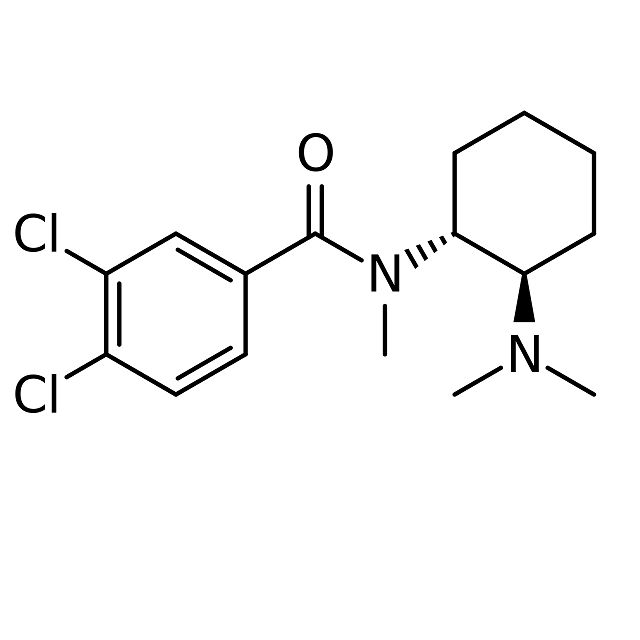
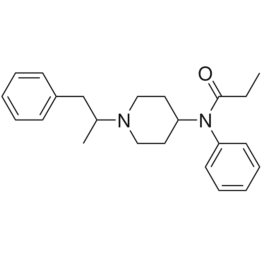
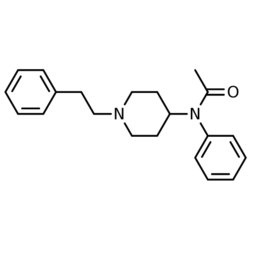
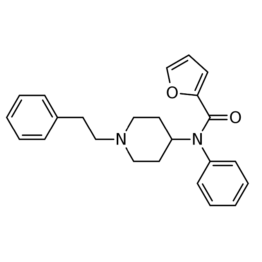
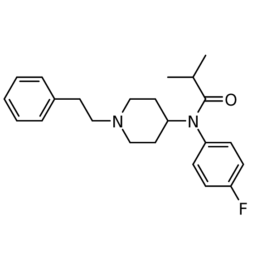
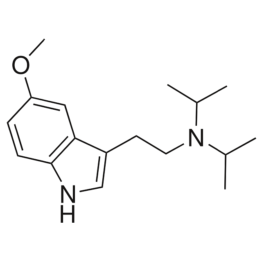
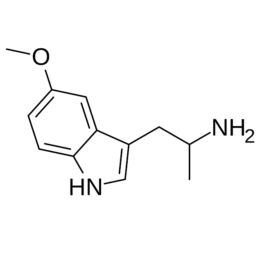
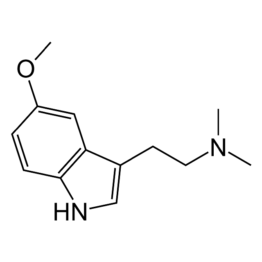
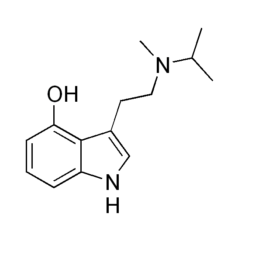
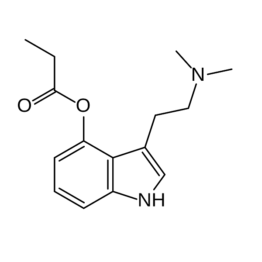
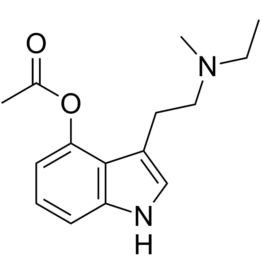
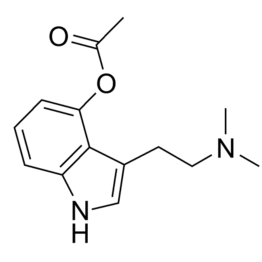
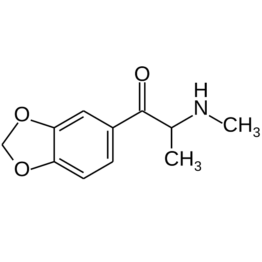
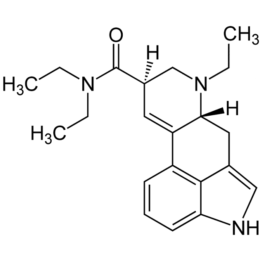
Randi M. –
They have good prices, fast shipping, great customer service, and good products. I have always been very happy with my experiences with Nikkostores and highly recommend them!